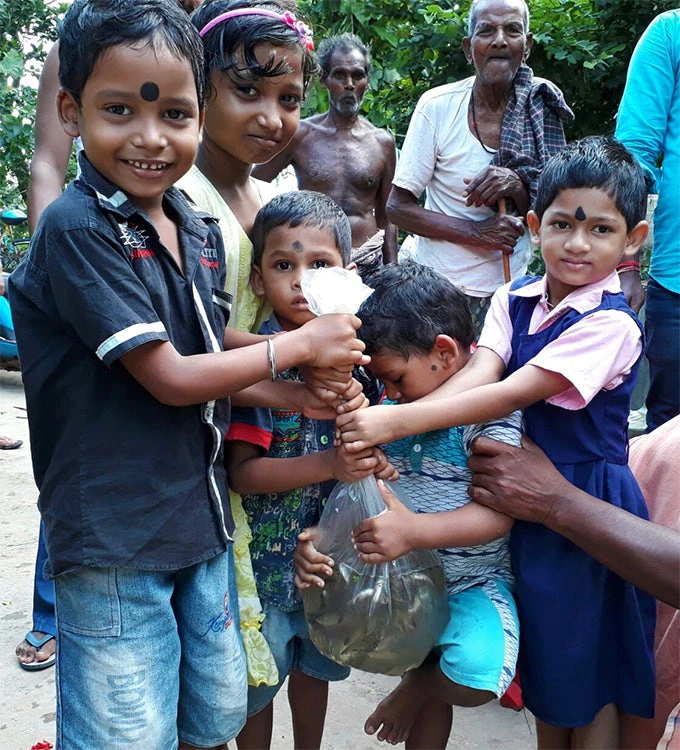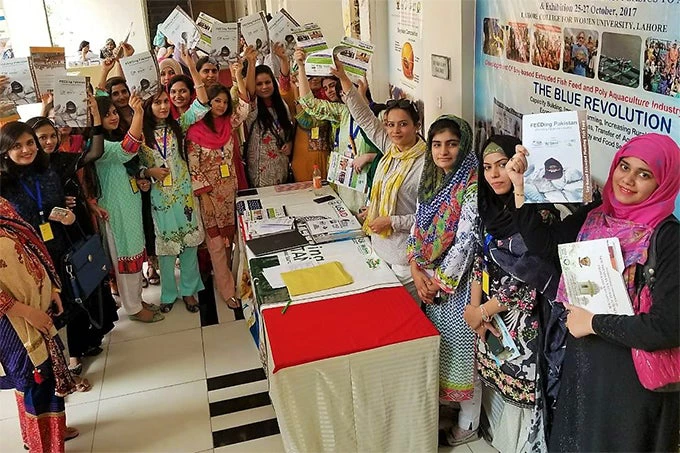
Kale, Kefir, and Quinoa have now joined the ranks of better-known foods like Blueberries, Orange Sweet Potato, and Salmon on family dinner tables across the world.
Considered superior for their health and nutrition benefits, these so-called ‘Superfoods’, often considered “new” by the public are now ever-popularized by celebrity chefs and have become all the rage of foodies from San Francisco to Singapore.
We live in a world of paradox, where old world and almost forgotten food like Quinoa (which dates back as a staple food over three thousand years to Andean civilization but largely disappeared with the arrival of the Spanish) is now back on the menu.
Salmon, a staple part of Nordic diets from paleolithic times and woven into the culture of native populations across northwestern Canada and many other superfoods share comparable stories.
And, there are many other old world foods, indigenously known, disappearing but not fully forgotten, yet to be re-discovered.
Food is also now advancing to the front-line of the war on poverty .
A health and human capital crisis is now sweeping the world, and a lack of diverse, accessible, affordable, and available nourishing foods is increasingly blamed.
For example, obesity, from poor diet and poor exercise has tripled since 1975 to almost two billion people today .
Undernutrition contributes to 45 percent of all deaths of children under five years old (3.5 million each year), much of it avoidable, but difficult to detect as it remains “hidden.”
Policy makers and stewards of national economies are starting to wake up to the fact that poor nutrition has massive economic implications too, reducing GDP by 3-11 percent, depending on the country.
While economies such as Bangladesh, India, and Pakistan may look strong, just as bellies look full, critical micronutrients and vitamins, essential for healthy physical and cognitive development over the first 1,000 days of life are largely missing from diets of many developing countries and are a proven drag to educational attainment and economic prosperity.
And parents, from both rich and poor nations alike, seem to know something is not quite right.
If healthier food choices that are accessible, affordable, and readily available are better known, would parents purchase such food from the market for their families?
With a small grant from the World Bank-administered South Asia Food and Nutrition Initiative (SAFANSI) supported by the EU and the United Kingdom, a partnership with WorldFish was established to test this premise.
A 60 second TV spot, a collaboration between scientists, economists, a private sector digital media company, broadcasters and the Government of Bangladesh, was created and broadcast across the nation on two occasions and watched by over 25 million people.
A parallel radio program was also developed and aired reaching millions more, particularly the rural poor and marginalized communities.
Both TV and radio spots were intentionally designed drawing on behavioral economics and as a mini-musical, the storytelling a song sung by two children, a girl, and a boy, to the tune of an age-old nursery rhyme, well known across Bangladesh, and parts of the Bengali-speaking population in India.
The musical story focuses on the nutritional benefits of four known species of indigenous, fully mature, small food-fish – now dubbed ‘NutriFish’ by a growing community of scientists and practitioners – and informs families of the health benefits to pregnant and lactating women and young children when consumed over the first one thousand days.
The work tapped into historical and cultural sentiments to influence the purchase and consumption of an old world, but now scientifically validated, and not yet forgotten superfood – ‘NutriFish1000’.
Since its first airing, a movement has coalesced around this now increasingly recognized superfood as a solution. The SAFANSI-supported TV spot supported by this growing movement is changing mindsets, influencing policy and investment in three visible and measurable ways:
First, with respect to mindsets, the broadcasts had impact and provided plenty of food for thought. Within a week, small fish were sold out across the nation’s fish markets with prices shooting up between 10-100 percent or more.
We witnessed that both fathers and mothers were equally likely to purchase these fish for their families; Status quo behaviors and food purchase patterns were disrupted.
Second, with respect to policy, Bangladesh announced its commitment to expand production of small fish in 45,000 homestead ponds by 2020, estimated to benefit five million households and over fifteen million women and children.
In addition, Bangladesh, India, and Pakistan have now included nutrition-sensitivity of fisheries as key strategies and new policy to meet their food and nutrition targets.
Third, with respect to investment, a shift is on the horizon. A SAFANSI-supported World Bank Flagship Report, Ending Undernutrition in South Asia (forthcoming in 2019) will feature evidence on “new” fish agri-food solutions to improve human capital outcomes, particularly food and nutritional security.
Finally, the TV spot and its key messages, viewed at World Economic Forum (WEF) events at the EAT-Stockholm Food Forum, the 45th World Committee on Food Security (CFS45), and promoted by key Action Networks to support the aquatic food space is stimulating conversation and sparking healthy debate.
There is still some way to go to ensure fish and other aquatic foods become a regular feature of food and nutrition policy and investment dialogue, which is too often dominated by terrestrial foods, despite the evidence.
Nonetheless, small food fish solutions such as NutriFish1000 are demonstrating that they can transcend just fishy business and enter the realm of superfoods.



Join the Conversation